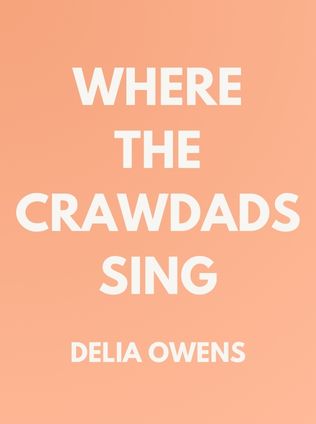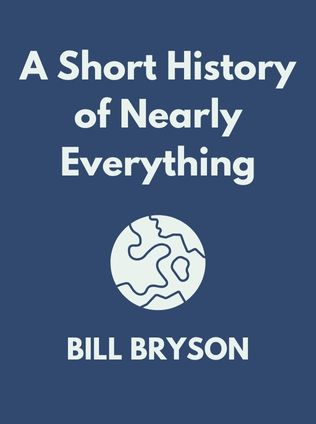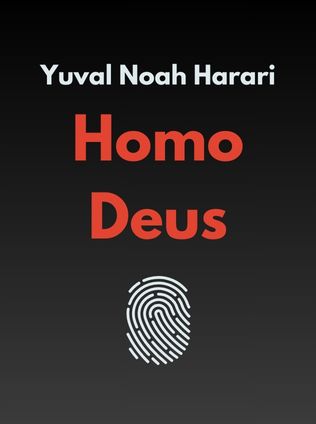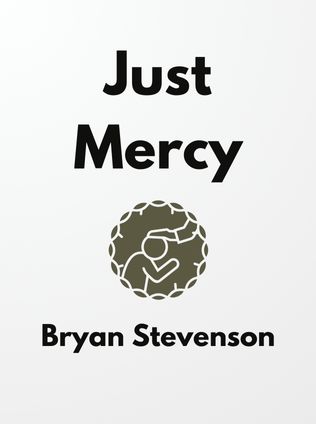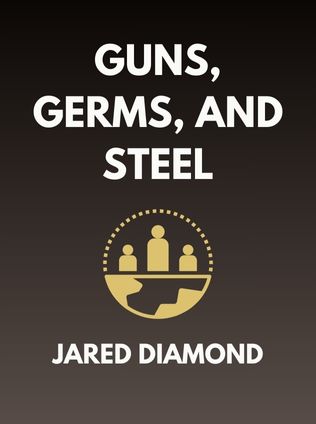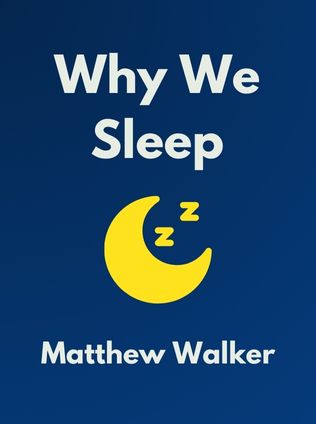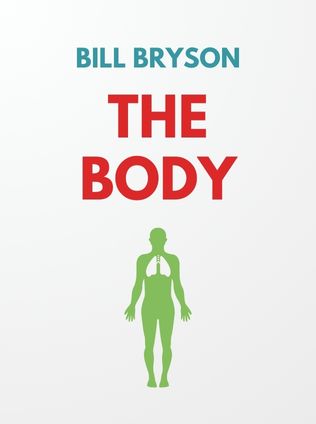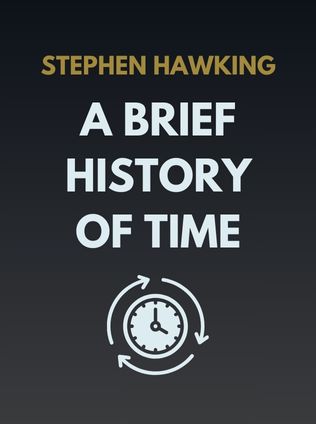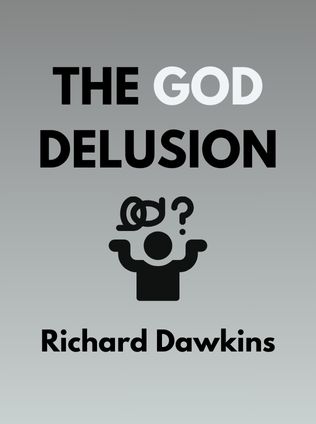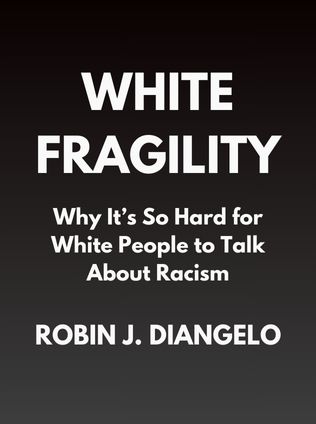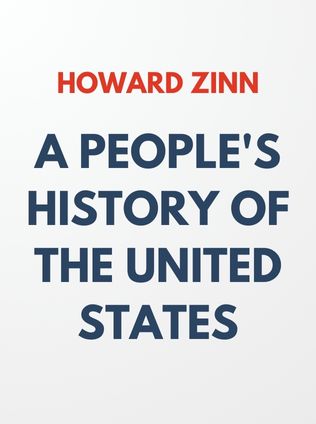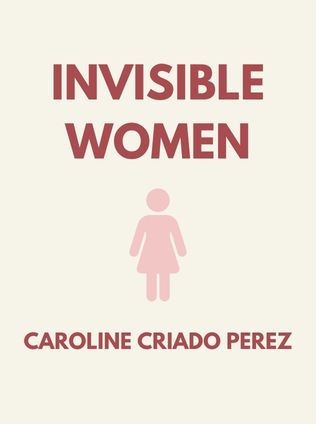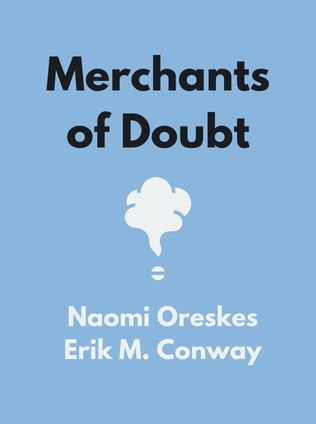
Merchants of Doubt
How a Handful of Scientists Obscured the Truth on Issues from Tobacco Smoke to Global Warming
By Naomi Oreskes and Erik M. Conway
Published 05/2010
About the Author
Naomi Oreskes and Erik M. Conway are prominent historians of science who have dedicated their careers to examining the intersections of science, technology, and public policy. Oreskes is a professor at Harvard University, renowned for her work on the history of science and her strong advocacy for understanding the role of science in society. Conway, a historian at NASA's Jet Propulsion Laboratory, focuses on the history of science and technology, particularly in how these fields influence and are influenced by societal and political factors. Together, their combined expertise has produced groundbreaking work, most notably in their co-authored book, "Merchants of Doubt", where they expose how a small group of influential scientists has systematically misled the public on some of the most pressing issues of our time.
Main Idea
"Merchants of Doubt" is a critical examination of how a handful of politically and financially motivated scientists have been able to create and sustain public doubt on scientific issues that threaten their interests. The book meticulously documents how these "merchants of doubt" used their status, connections, and media savvy to cast uncertainty on well-established scientific facts, from the dangers of tobacco smoke to the reality of climate change. The main thrust of the book is to show that the doubt these individuals and organizations sow is not based on legitimate scientific debate but rather on a deliberate effort to mislead the public and delay regulatory actions that could address these dangers.
Table of Contents
- Introduction
- What Is Science?
- The Emergence of Merchants of Doubt
- Doubt-Mongering Techniques
- The Impact on Public Health and Environment
- Case Studies: Tobacco, Acid Rain, Ozone, Climate Change
- The Role of the Media
- Conclusion: Protecting Science and Public Interest
What Is Science?
Oreskes and Conway begin by addressing a fundamental misconception about science that is often exploited by the merchants of doubt. Contrary to popular belief, science is not about absolute certainty but rather about reaching a consensus based on the best available evidence. This consensus is achieved through a rigorous process known as peer review, where experts in a particular field scrutinize research before it is accepted. The authors emphasize that while scientific knowledge is continually evolving and uncertainty is a natural part of this process, such uncertainty should not be confused with doubt about well-established facts.
"Scientific knowledge is expert consensus—a group of qualified scientists agrees that a claim is correct when there’s enough evidence to support it." - Naomi Oreskes and Erik M. Conway
This understanding of science is crucial because it lays the foundation for how merchants of doubt manipulate public perception. By playing up the inherent uncertainties in scientific research, these individuals create the illusion that the science is not settled, thereby stalling necessary regulatory actions.
The authors also highlight the difference between reasonable and unreasonable doubt. While reasonable doubt is an essential part of scientific inquiry, as it drives further research and exploration, unreasonable doubt is what merchants of doubt exploit to prevent action. This exploitation is particularly dangerous because it not only confuses the public but also undermines the credibility of science as a whole.
- Peer Review: A critical step in validating scientific research, ensuring that only robust findings are accepted.
- Uncertainty: While inherent in science, it should not be misconstrued as doubt about established facts.
- Reasonable Doubt: Drives scientific progress, whereas unreasonable doubt is used to mislead and stall action.
The Emergence of Merchants of Doubt
The concept of "merchants of doubt" originated with the tobacco industry, which sought to discredit the growing body of evidence linking smoking to cancer. The tactics pioneered by the tobacco industry—emphasizing uncertainty, funding counter-studies, and creating the appearance of scientific debate—were later adopted by other industries and political groups to challenge scientific findings that threatened their interests. Oreskes and Conway introduce four key figures who were instrumental in spreading doubt about various scientific issues from the 1960s to the early 2000s: Fred Seitz, William Nierenberg, Robert Jastrow, and Fred Singer.
"By nature, science challenges the status quo and ruling class because its purpose is to change our understanding of the world around us." - Naomi Oreskes and Erik M. Conway
These individuals were not necessarily experts in the fields they were commenting on, yet they leveraged their credentials and political connections to cast doubt on the scientific consensus. Their goal was to prevent regulatory action by creating the appearance of scientific debate where none existed. For instance, Fred Seitz, a physicist with no expertise in public health, played a significant role in defending the tobacco industry by questioning the link between smoking and cancer. Similarly, William Nierenberg and Robert Jastrow used their influence to undermine concerns about acid rain and the ozone layer, while Fred Singer became a prominent skeptic of climate change, despite not being a climate scientist.
Sign up for FREE and get access to 1,400+ books summaries.
You May Also Like
I Am Malala
The Story of the Girl Who Stood Up for Education and Was Shot by the Taliban
By Malala YousafzaiFactfulness
Ten Reasons We're Wrong About the World – and Why Things Are Better Than You Think
By Hans Rosling
